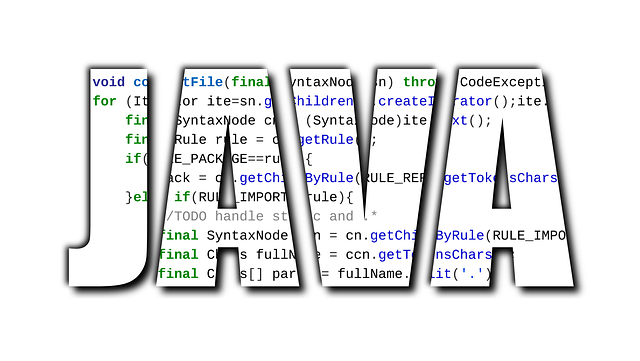Mobile apps are transforming business everywhere. As more and more businesses are venturing into virtual platforms, mobile app development is seeing increasing demand. So, what is the basic process of these app development processes? What are the technologies used to create your favorite apps? Here, we present to you the top 5 technologies that mobile app development companies are using to develop creative applications.
- Python
Python is one of the oldest technologies to find its application in mobile app development. Most developers still prefer the technology due to its numerous benefits. It is open-source, dynamic, and object-oriented. A programmer with little programming skills can make live projects with the language.
- Kotlin
It is a statistically typed, cross-platform, and general-purpose programming language. Kotlin teams with Java to create amazing mobile applications for businesses. The language has many features that attract developers. It is highly precise and safe with large tool support characteristics.
- Flutter
Flutter is becoming a highly sought-after technology due to its differentiated application. Flutter enables developers to run applications on cross platforms. More commonly used Google Ads is a flutter product.
- Swift
Swift is a common mobile application developing language for platforms like iPad OS, Linux, watchOS, macOS, etc. Swift gives developers outstanding features that make it an easy-to-use interface in leading mobile platforms.
- React Native
React native will lead the future of mobile app development technologies. Startups can make the right investments in react native by developing applications that are compatible with the language.








